Search KamloopsBCNow
- Food & Drink
- Biz+Tech
- Columns
- Travel & Lifestyle
- Arts & Culture
- News & City Info
- Events
- Webcams
- Advertise
- Real Estate
- Contests
- Best Of the city
- Faces of Kamloops
- More
- Real Estate Listings
- Subscribe
- Contact
After linking four historical murders in Calgary to serial killer Gary Alan Srery, investigators are taking another look at cold cases in Western Canada.
Srery died of natural causes in an Idaho State prison in 2011 while serving a sentence for rape. With assistance from Interpol and Idaho State Police Forensic Services, Srery’s DNA was confirmed as a match in four murder cases from the 70s.
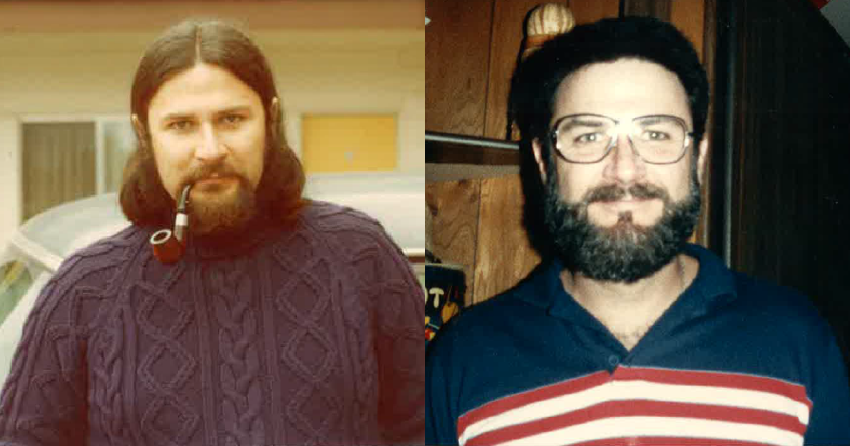
The Alberta RCMP believe Srery is responsible for the murders of Patsy McQueen and Eva Dvorak, both 14-years-old at the time, as well as Melissa Rehorek, age 20, and Barbara MacLean, age 19.
A spokesperson for the Alberta RCMP confirmed to NowMedia this week that Srery was in British Columbia before he was imprisoned in the USA.
A rough timeline has been built of Srey’s movements around BC, Alberta and the USA, and the Alberta RCMP will be sharing information with their BC counterparts to assist in possibly solving more cold cases.
According to the map, Srery was in several different BC communities between 1979 and 2003, including Abbotsford, the Sunshine Coast, Chilliwack, Vancouver, Surrey and Cultus Lake.
The Abbotsford Police Department told NowMedia that they are "committed to conducting fulsome investigations," including cold cases where new information is available. The department would not comment an details of any such investigations, "as any evidence in cold cases is critical to advancing the investigation and justice for victims of crimes."
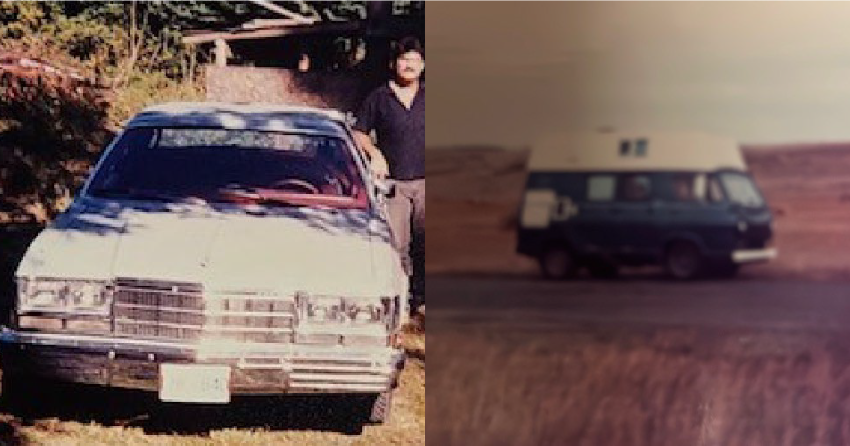

When Srery was residing in Canada, he was doing so illegally at the time of the four murders in Alberta. Before coming to Calgary in the late 70s, Srery had an extensive criminal record in the US for sex-related offences, including forcible rape, kidnapping, burglary and sexual perversion.
He fled the US sometime in 1974, after posting bail for a rape charge in California.
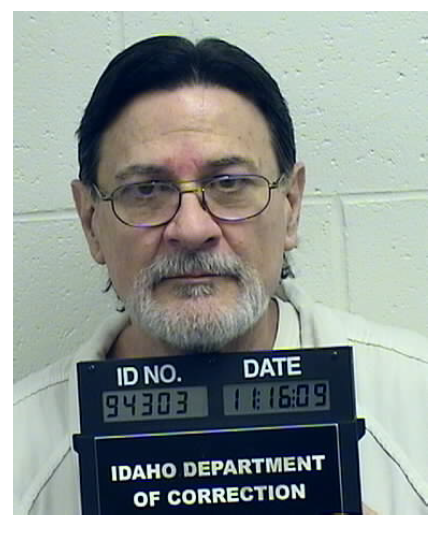
During his time in Western Canada, he lived under several aliases including “Willy Blackman”, “Rex Long” and more.
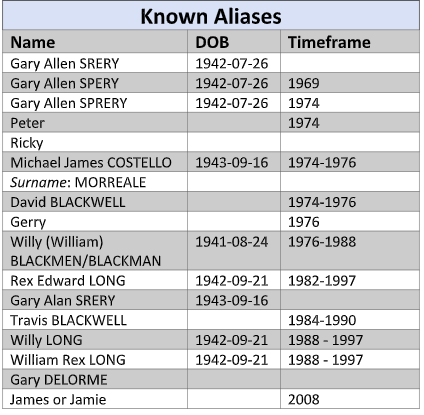
Investigators say he lived a “transient lifestyle” and worked under the table as a cook occasionally. He was also known to change his appearance, place of residence and vehicles quite frequently.
On Feb. 15,1976, two teenage girls, Eva Dvorak and Patricia McQueen, were found dead under the Happy Valley Overpass on Highway 1, west of Calgary.
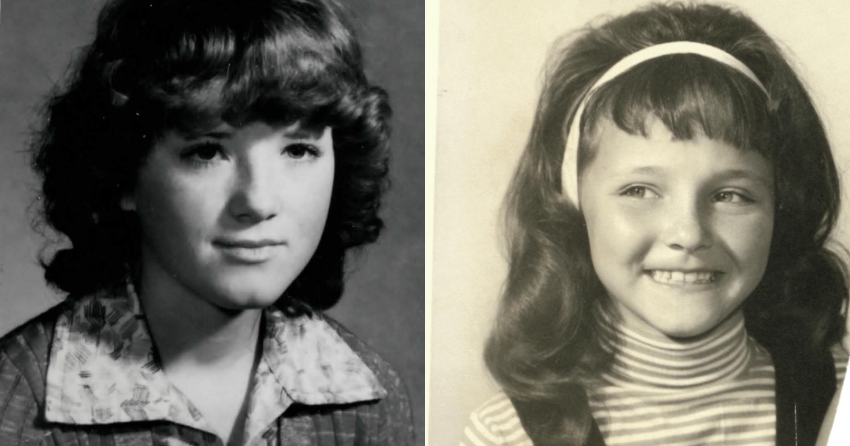
The girls, who were best friends, were last seen walking together in downtown Calgary the day before.
RCMP explained that at the time, the medical examiner was unable to determine the cause of death for Dvorak and McQueen, so their deaths were not ruled homicides. Instead, they were investigated as sudden deaths.
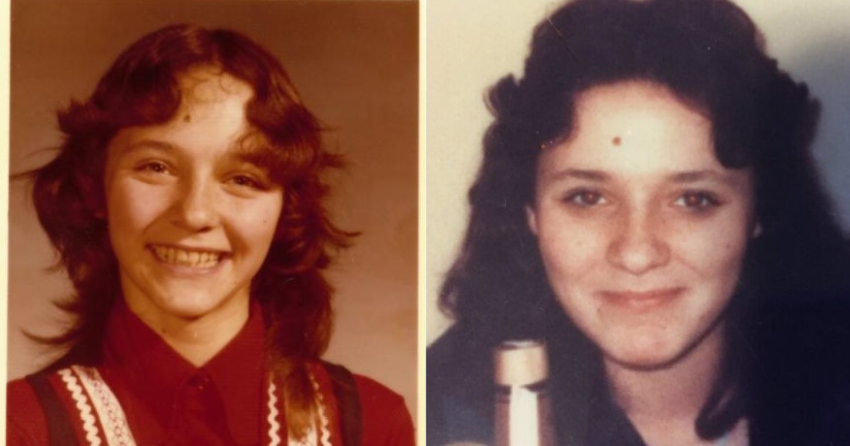
Another woman, 20-year-old Melissa Rehorek, was found dead on the morning of Sept. 16, 1976. She was located in a ditch on what is now known as Township Road 252, about 22 kilometres west of Calgary. Having relocated to the city from Ontario that spring, she was working as a housekeeper and was living at the YWCA in downtown Calgary before her death.
Rehorek was last seen on the evening of Sept. 15, 1976, by a roommate. She had intended on hitchhiking out of the city during her days off.
.jpg)
Then, in 1977, 19-year-old Barbara MacLean from Nova Scotia was found dead after a night out at the Highlander Hotel bar in Calgary with her friends on Feb. 25, 1977. She had just moved to the city six months prior to work at a local bank.
She was last seen walking alone from the hotel in the early hours of Feb. 26, 1977. Her body was discovered by a dog walker in the area of 6th Street and 80th Avenue NE, Calgary about six hours later.
The cause of death for both Melissa Rehorek and Barbara MacLean was “asphyxiation due to manual strangulation.”
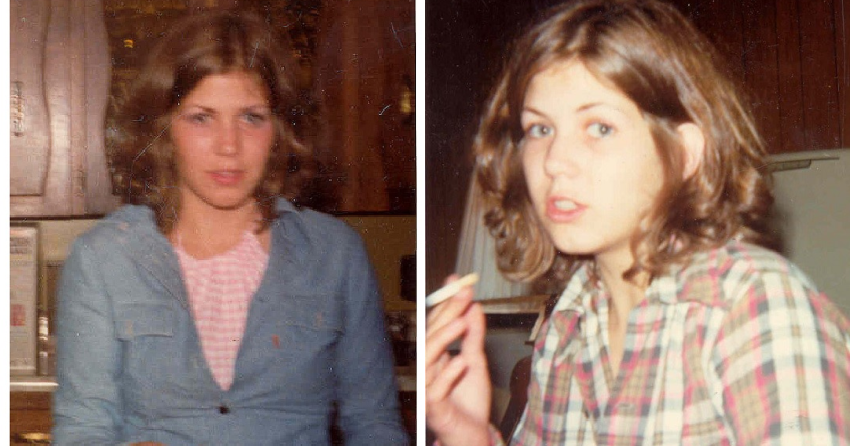
From the onset, similarities between Melissa Rehorek and Barbara MacLean’s deaths led investigators to believe the same suspect was responsible for both murders.
RCMP said that seminal fluid was found at all three crime scenes, but at the time, the technology did not exist to develop a DNA profile.
Exhibits seized from all four victims were submitted to the RCMP’s National Forensic Lab Services for testing.
Then, in 2003, a technological advancement in DNA analysis allowed investigators to confirm that the same suspect was linked to both Rehorek and MacLean’s murders. The DNA was compared against the National DNA Databank, but there was no match.
The profile was uploaded into the Databank and went without a hit for over 20 years.
In 2021, investigators successfully identified a suspect thanks to a tool known as Investigative Genetic Genealogy (IGG).
RCMP investigators re-examined the exhibits that they had seized over 45 years ago and worked with the RCMP lab and Parabon NanoLabs to develop a single nucleotide polymorphisms (SNP) profile that was in turn uploaded to GEDMatch and FamilyTreeDNA. With the target testing complete, Convergence IGG was able to provide the RCMP with a suspect hypothesis.
“Analytical queries confirmed the suspect’s connection to Canada and that he had a criminal record of committing violent acts on women,” police said, adding that their investigation took them throughout Alberta, BC and several US states.
Crime scene evidence was also resubmitted to the lab from the Dvorak and McQueen investigation, and it was matched to the DNA in the Rehorek and MacLean murders. With the new information, police were able to link the four murders to the same suspect.
That suspect was none other than US citizen, Gary Allen Srery. However, by the time the RCMP identified him, he had already died in prison in 2011.
Investigators were able to match the DNA from the cold cases to the DNA on file with Idaho State Police Forensic Services.
Following the conclusion of the four cases, each of the family's issued emotional statements.
"We would like to thank from the bottom of our hearts the team of individuals who worked so many days and countless hours on solving this cold case ... without them we would still not know today what happened to our sister Patsy (Patricia) and her friend Eva. We will be forever grateful and thankful that they never gave up on the girls," said the McQueen family in a statement.
Dvorak's family said they are thankful for the closure they have been given.
"Eva was loved and cherished by her family and all who knew her. Her bright smile and bubbly personality were contagious and lit up any room. When Eva was around there was no sitting still, always dancing and singing any time of day. She enjoyed spending time with her sisters and cousins while swimming, roller skating and ice skating."
"Our message is one about Melissa being a fun loving, adventurous and hard-working person. She was an honest positive person who trusted people. She enjoyed travelling to Banff for her love of nature but also to travel for her curiosity about seeing Canada," said Rehorek's family.
The MacLeans also expressed appreciation for finally having the answers to "questions that we've had to live with all these years."
"Our family would like to express our deepest condolences to the Rehorek, Dvorak, and McQueen families. We are four families who share a connection of the worst kind-one of pain, grief, and suffering over many years. It is our hope that we all may find a measure of peace in the days ahead."
Thanks to technology advancements and a decades-long investigation, the four cases now have a conclusion.
However, there are plenty more historical cases where the victim's family and friends never got answers. Because Srery’s criminality spanned decades over multiple jurisdictions, police believe that he could be responsible for other crimes.
Investigators are asking the public to help further establish Srery’s timeline in Canada. Police hope that knowledge of his various aliases and whereabouts will prompt people who may have encountered him to come forward with new information.
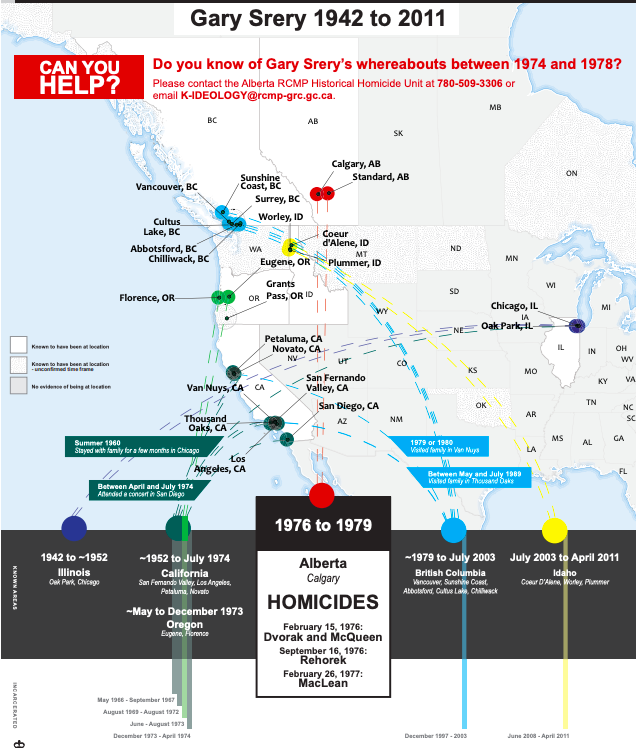
If you recognize Gary Srery or knew him by one of his many aliases, the Alberta RCMP want to hear from you. For tips, please contact the Alberta RCMP Historical Crime Unit via [email protected] or by phone at 780-509-3306.
If you believe Srery may be associated with or responsible for a crime in your jurisdiction, reach out to the policing agency within that community to report the information.